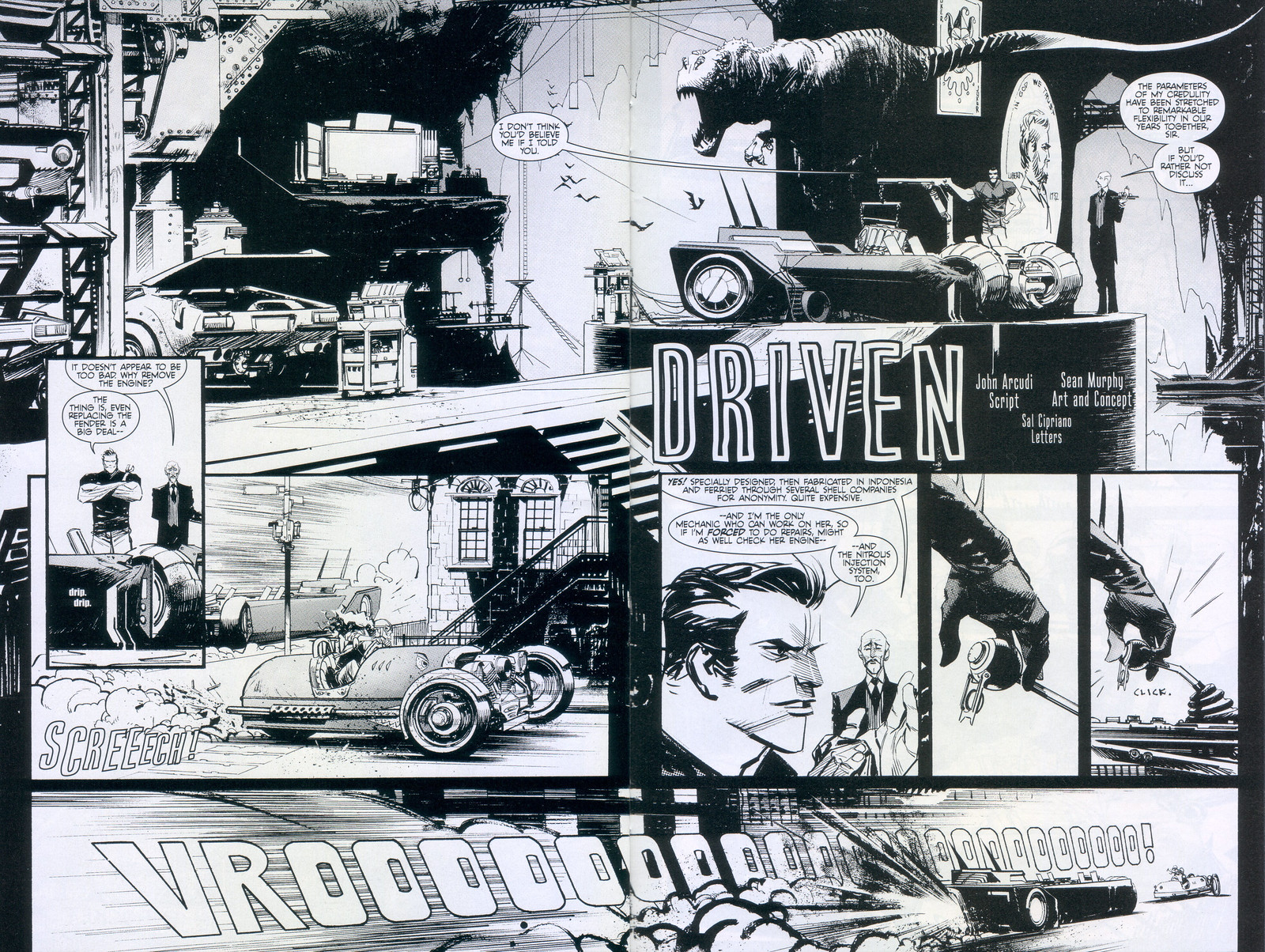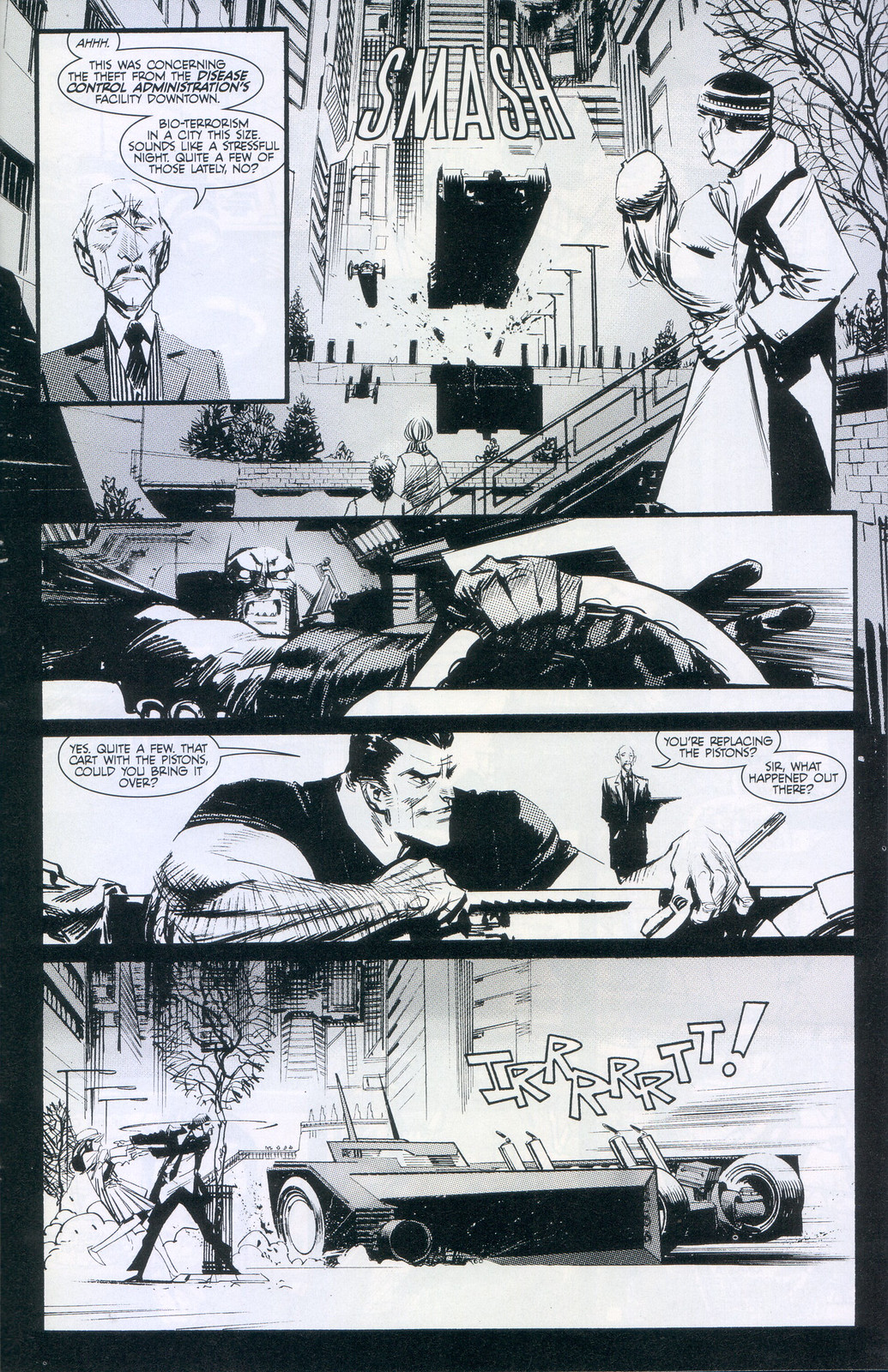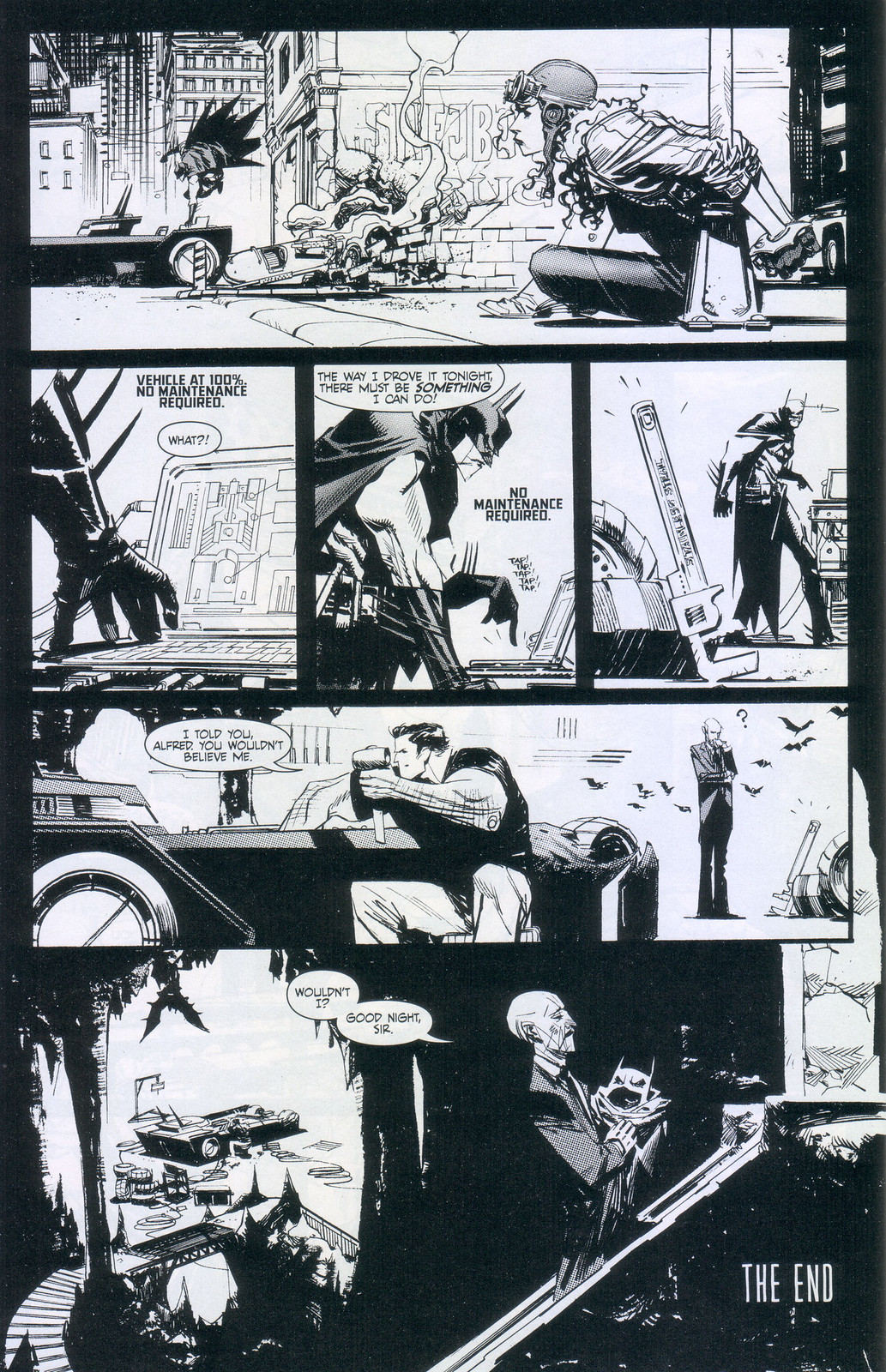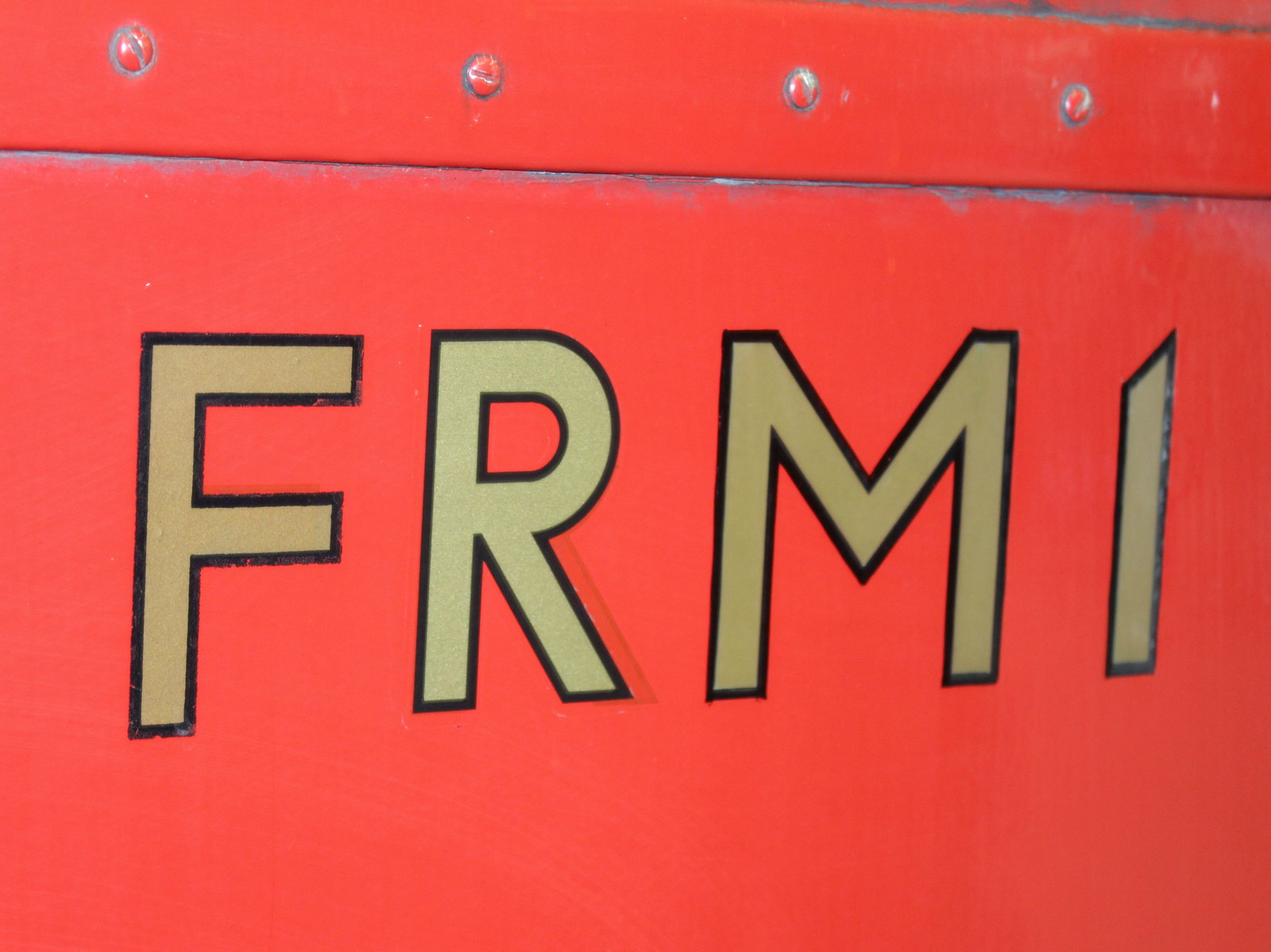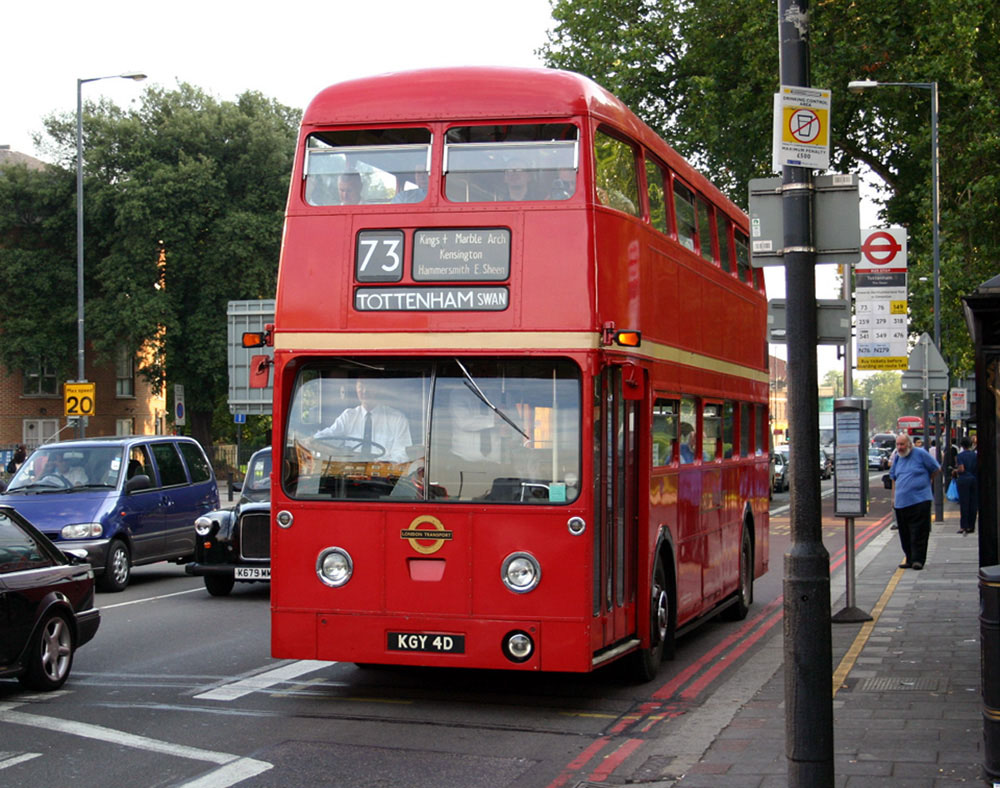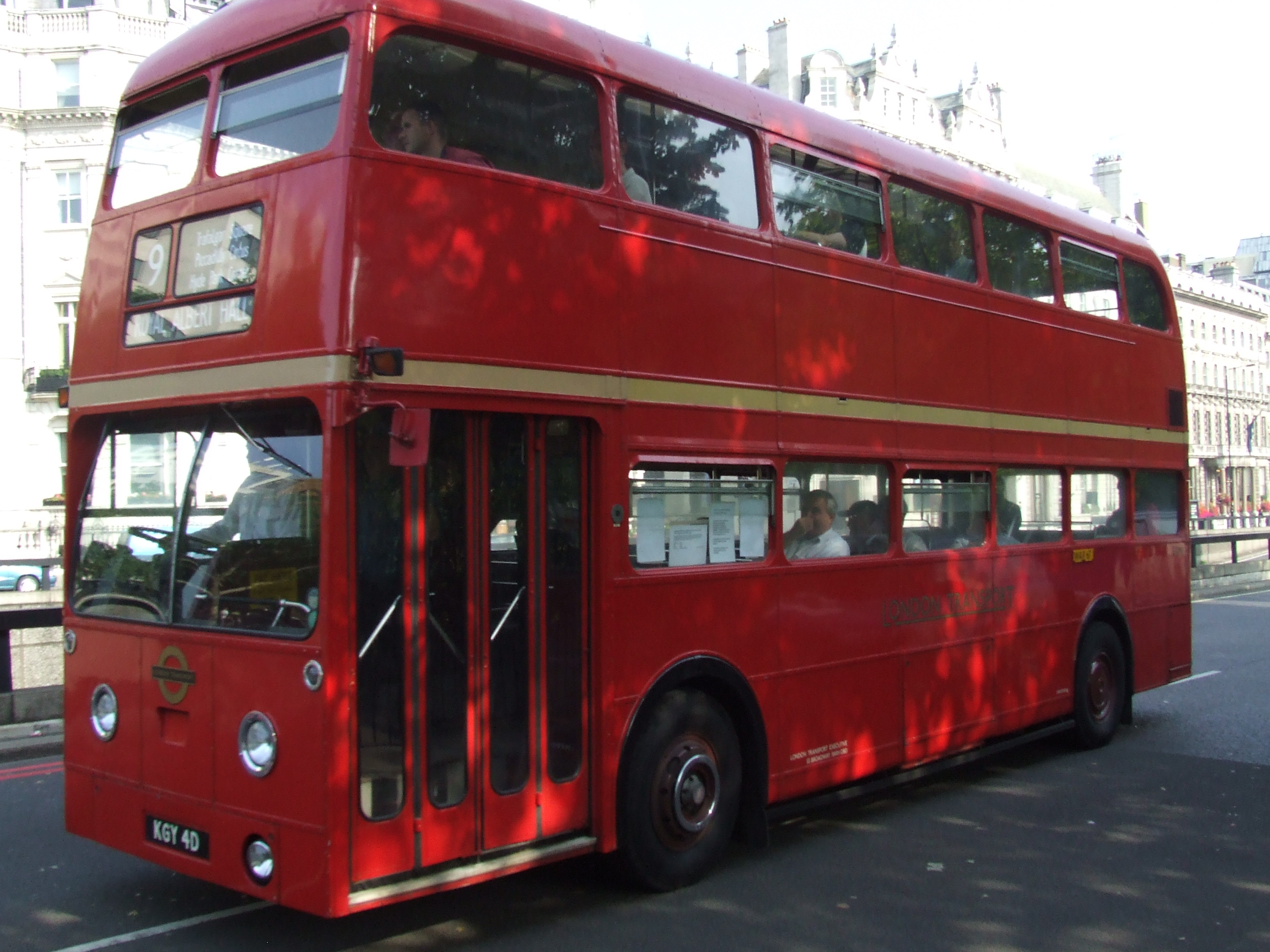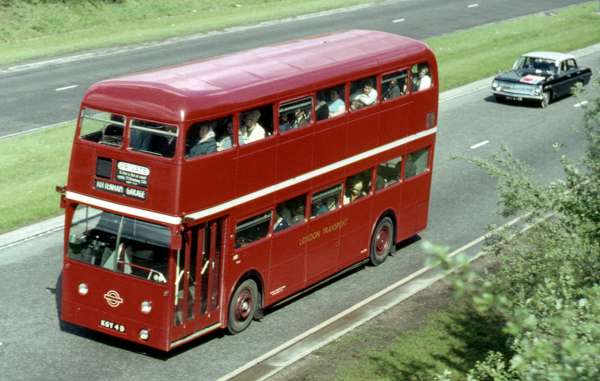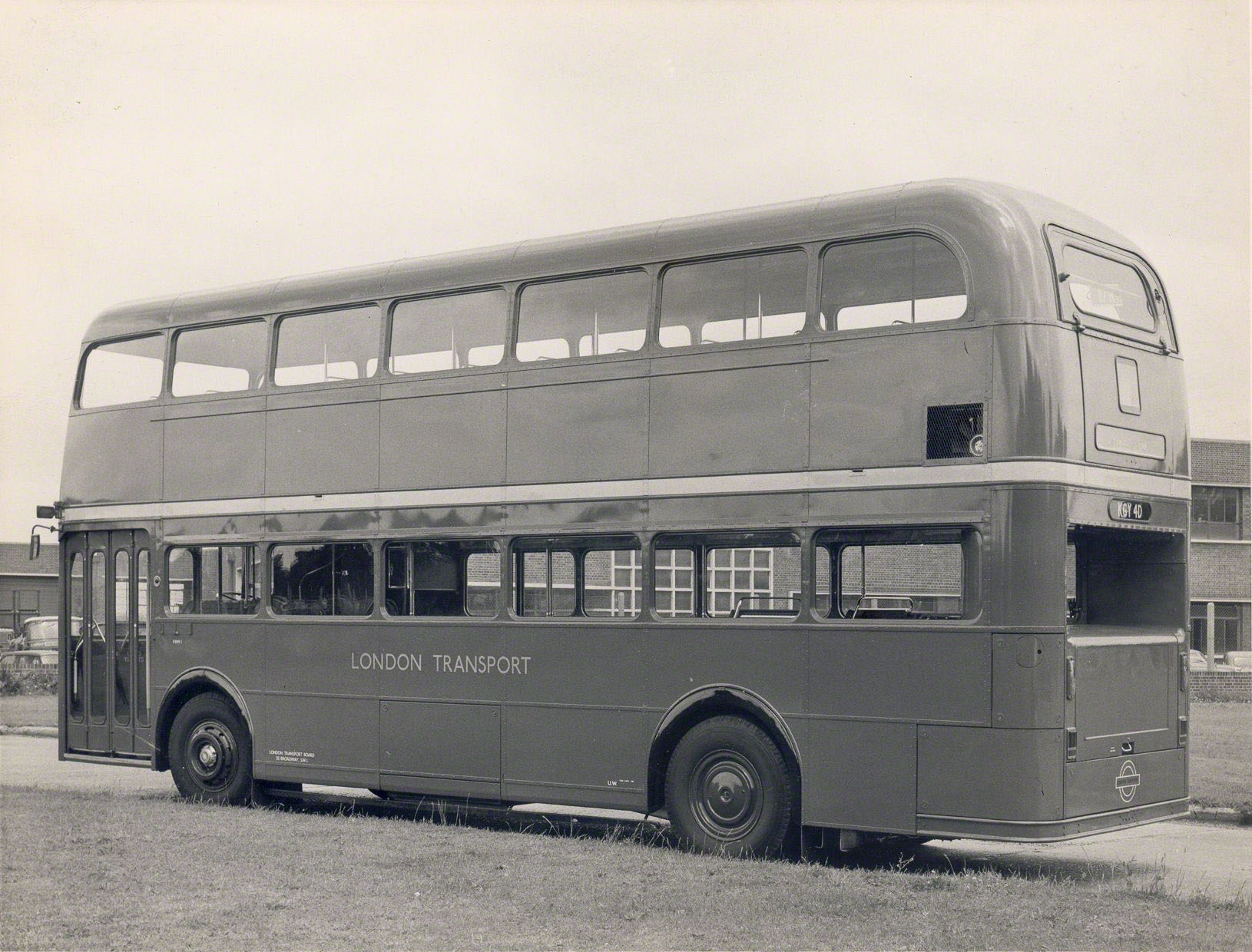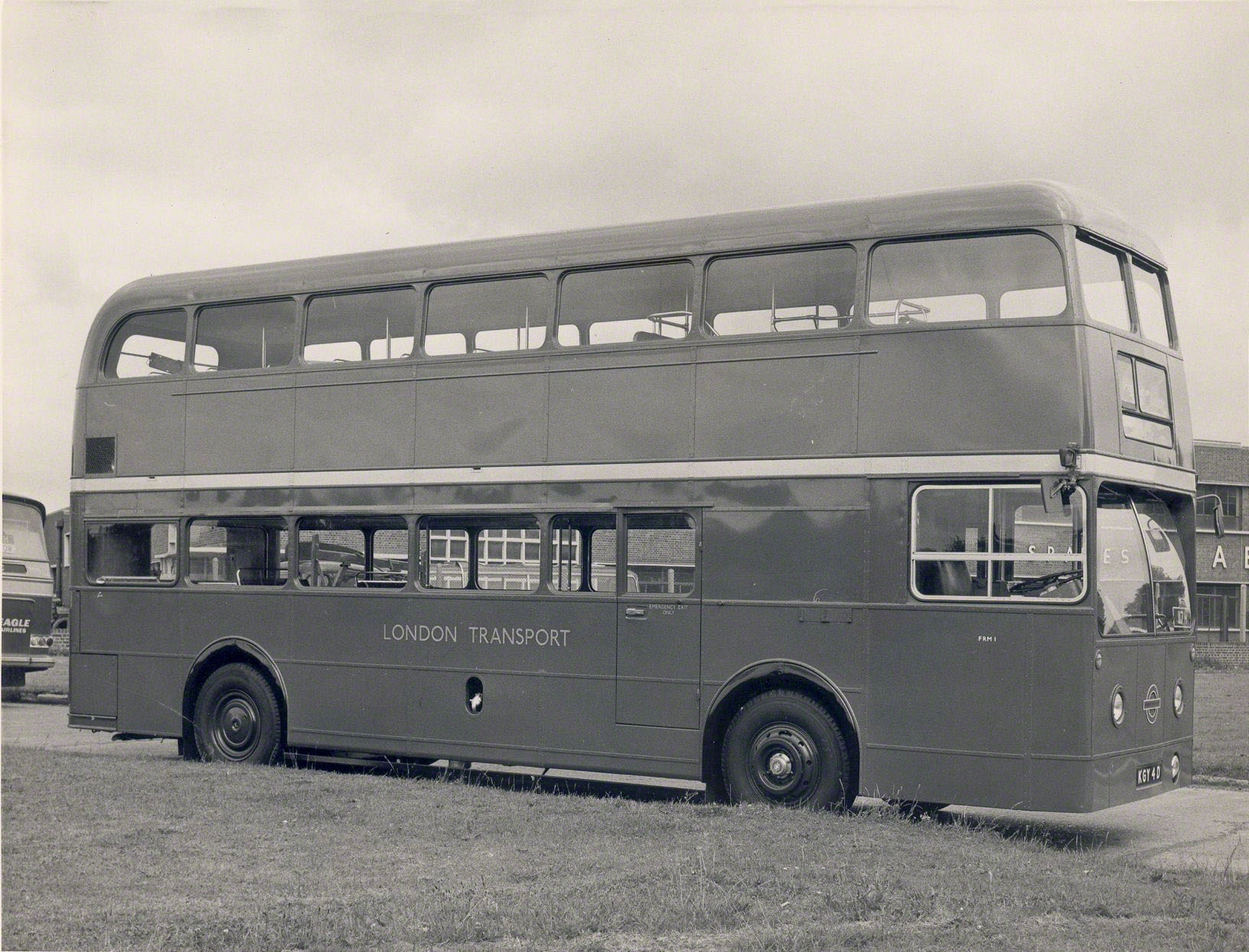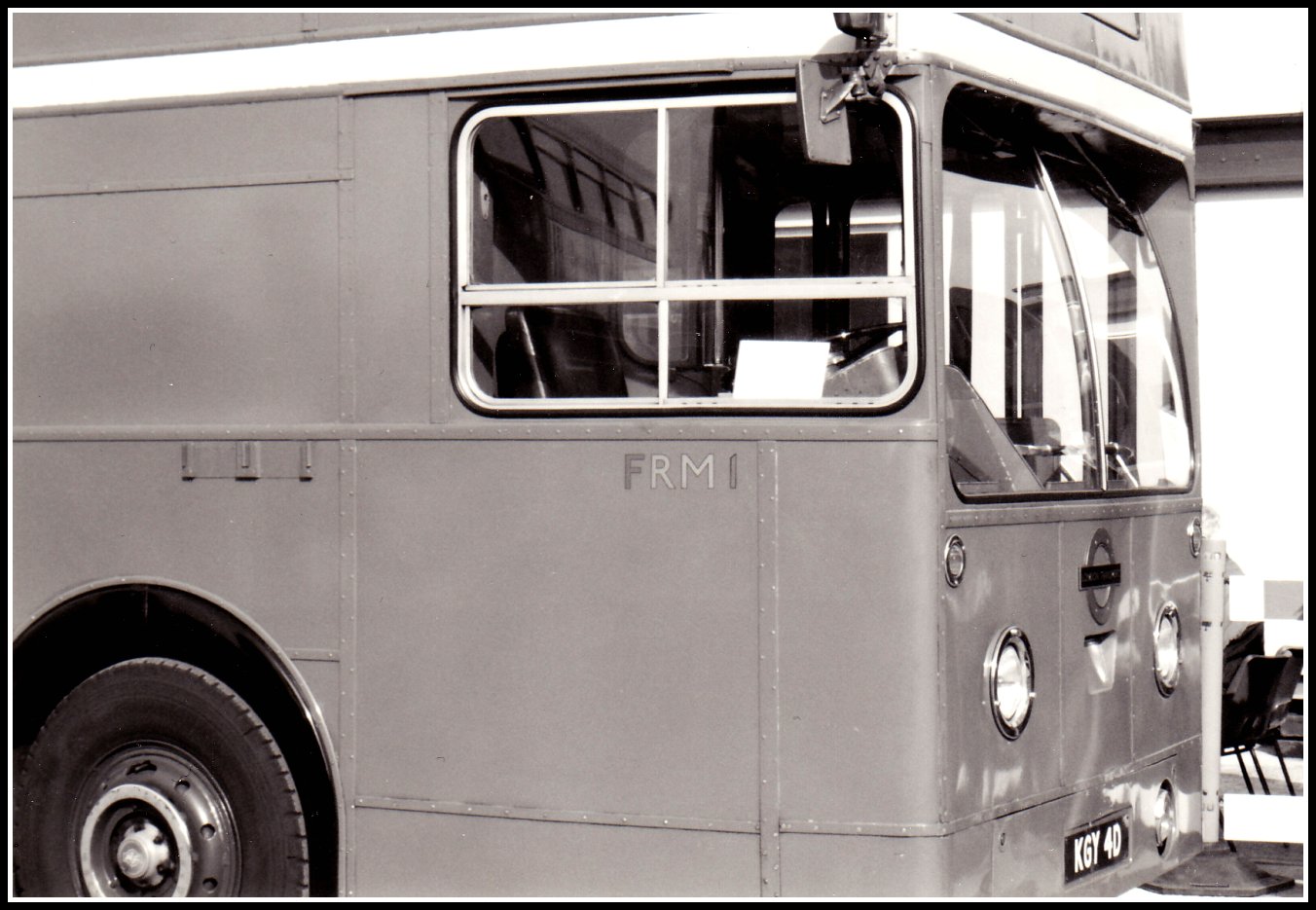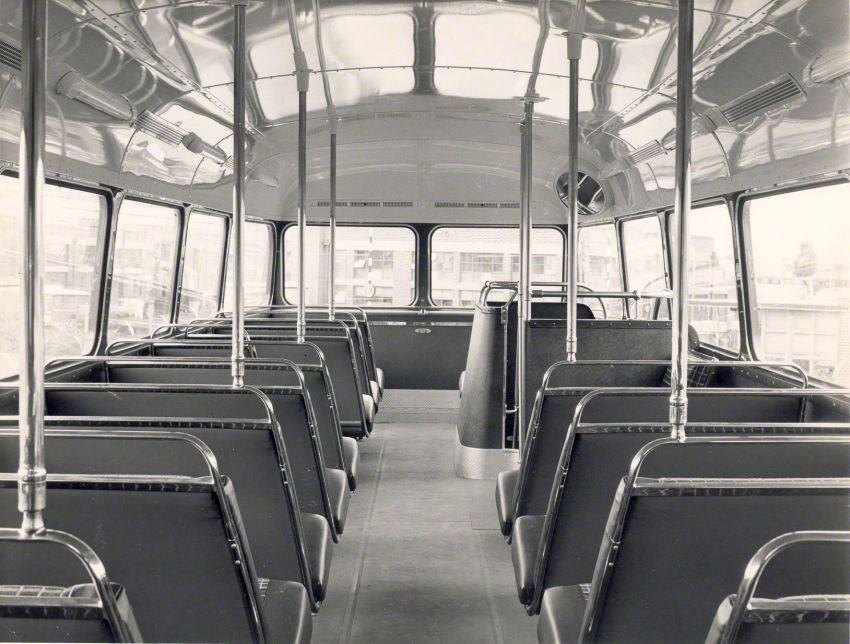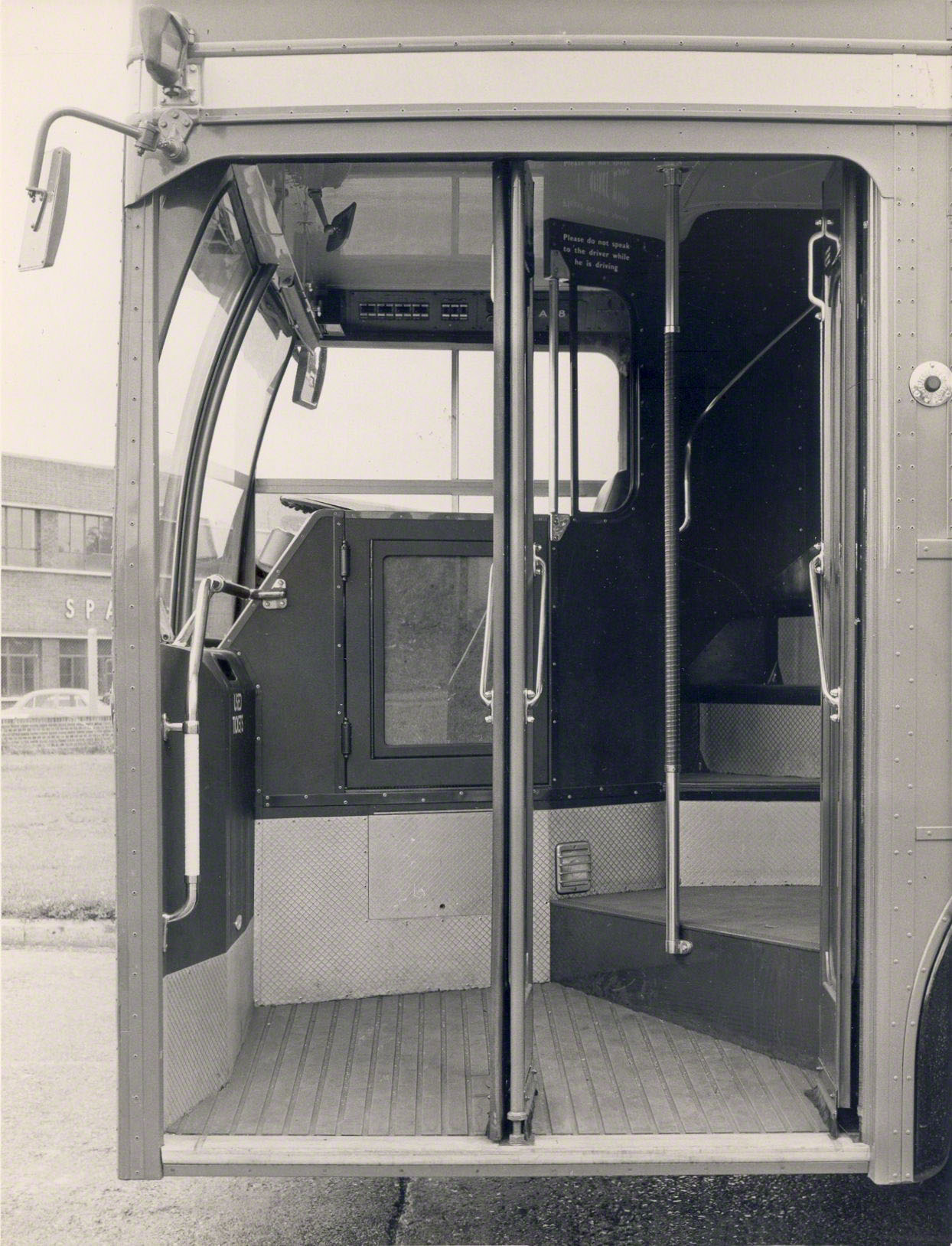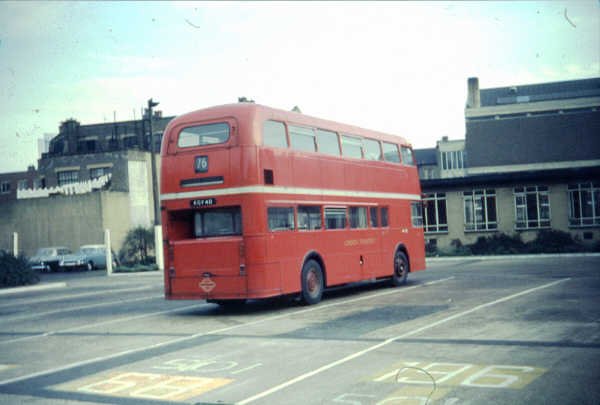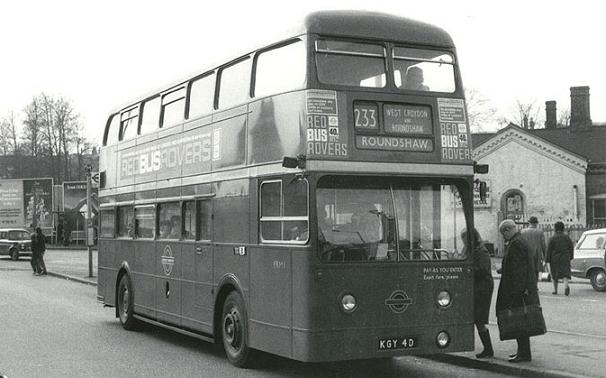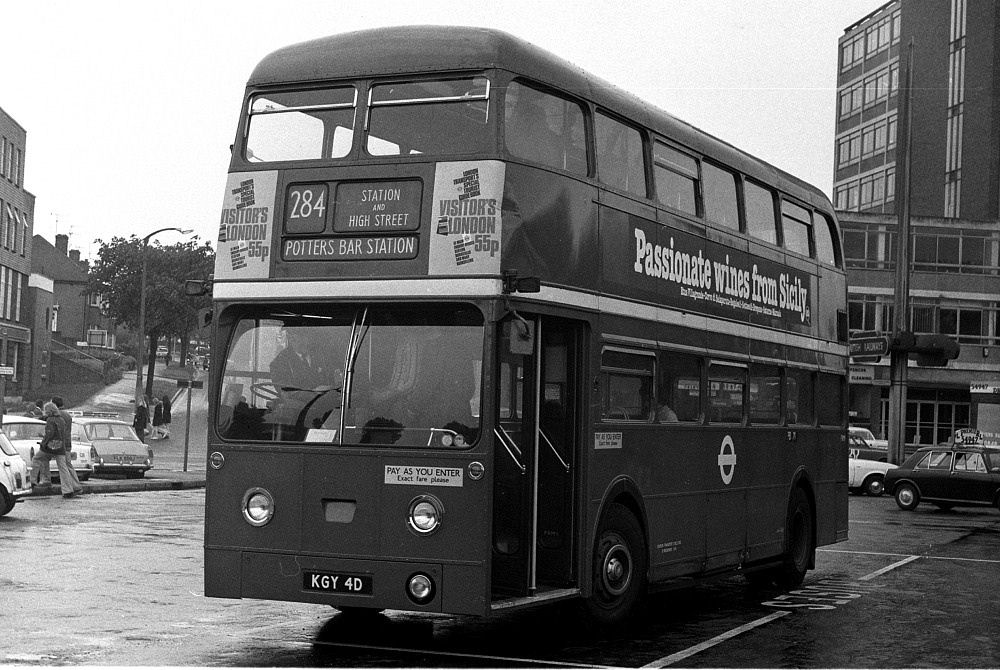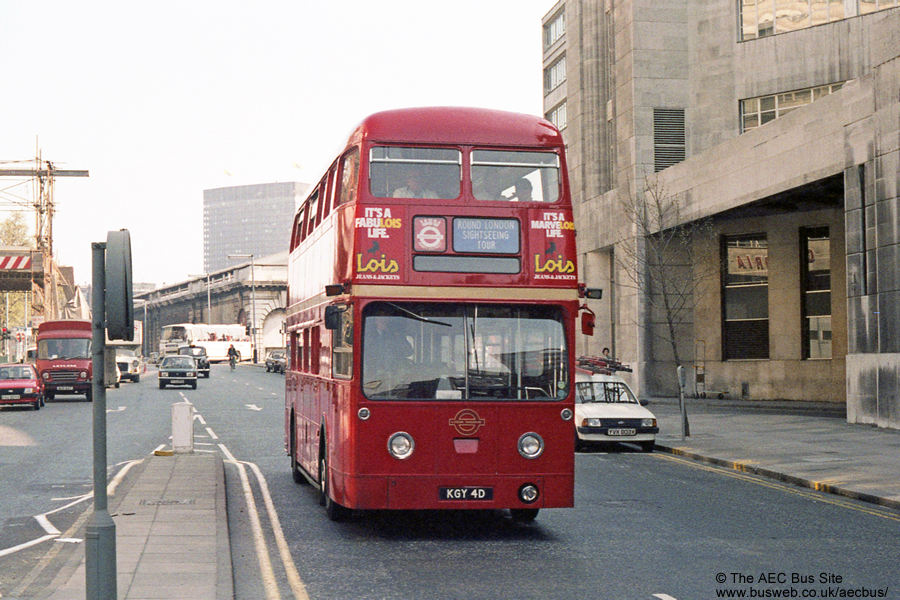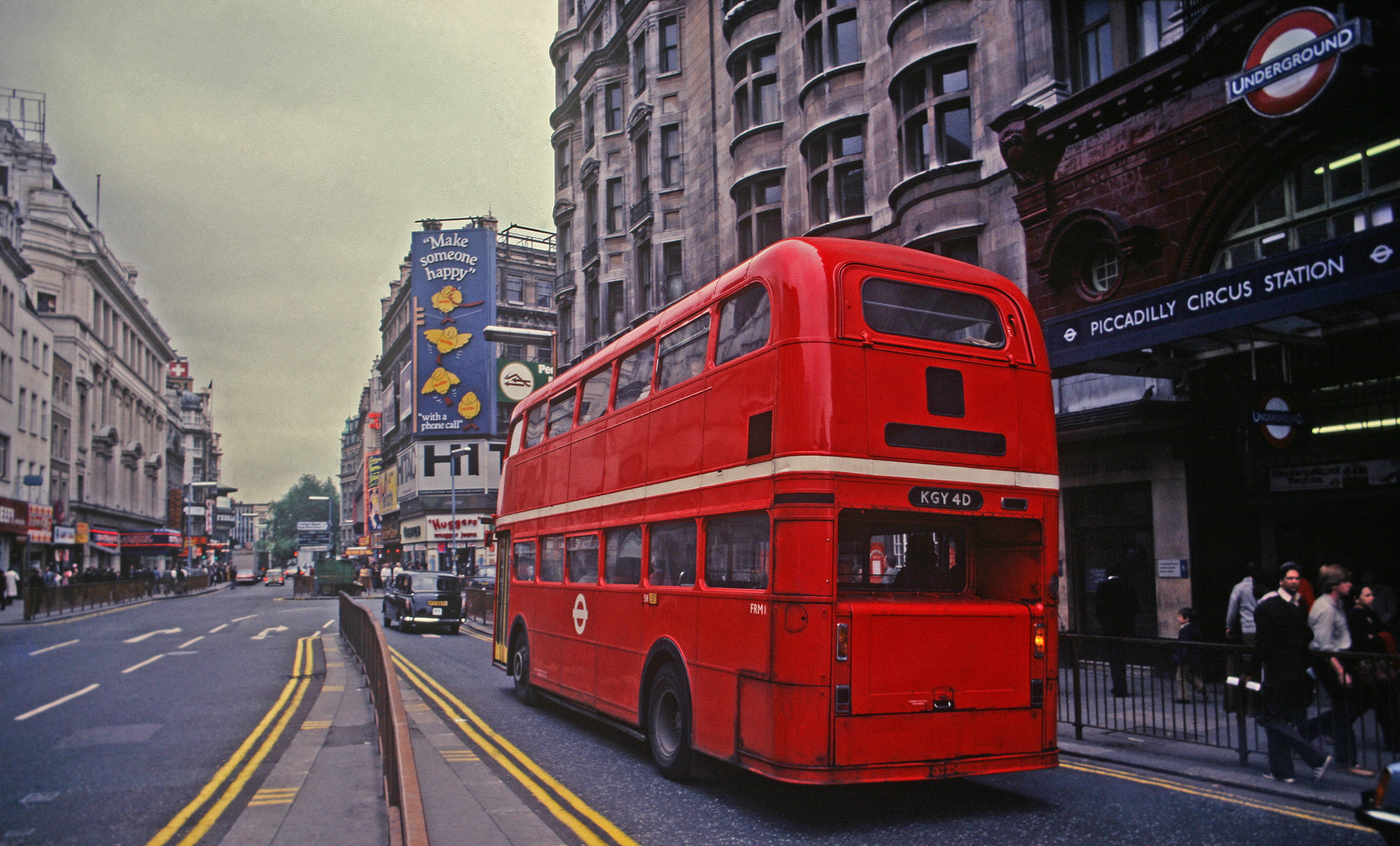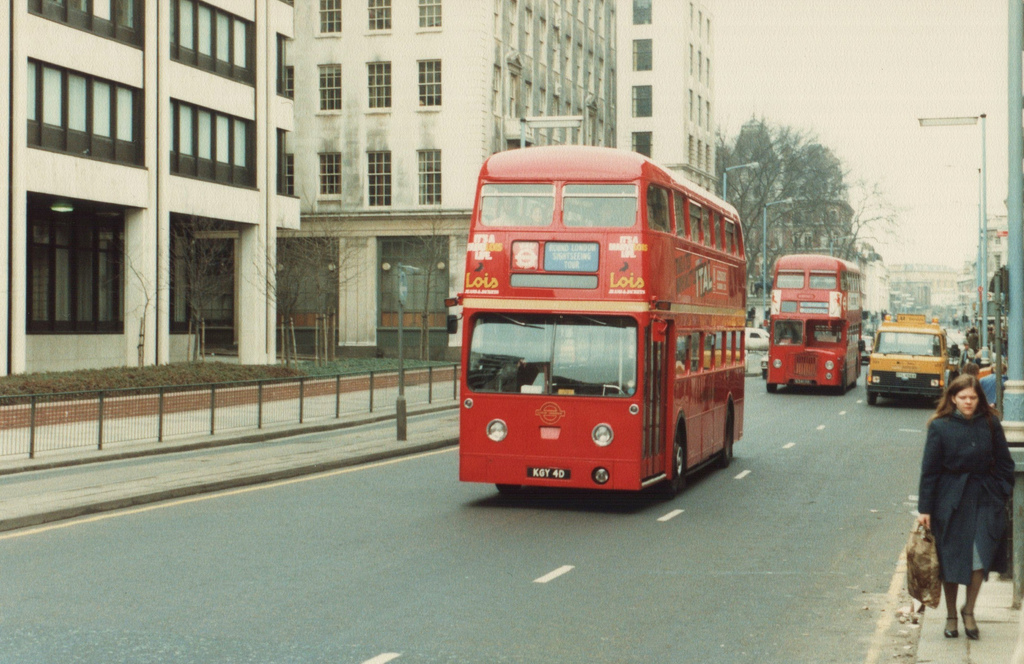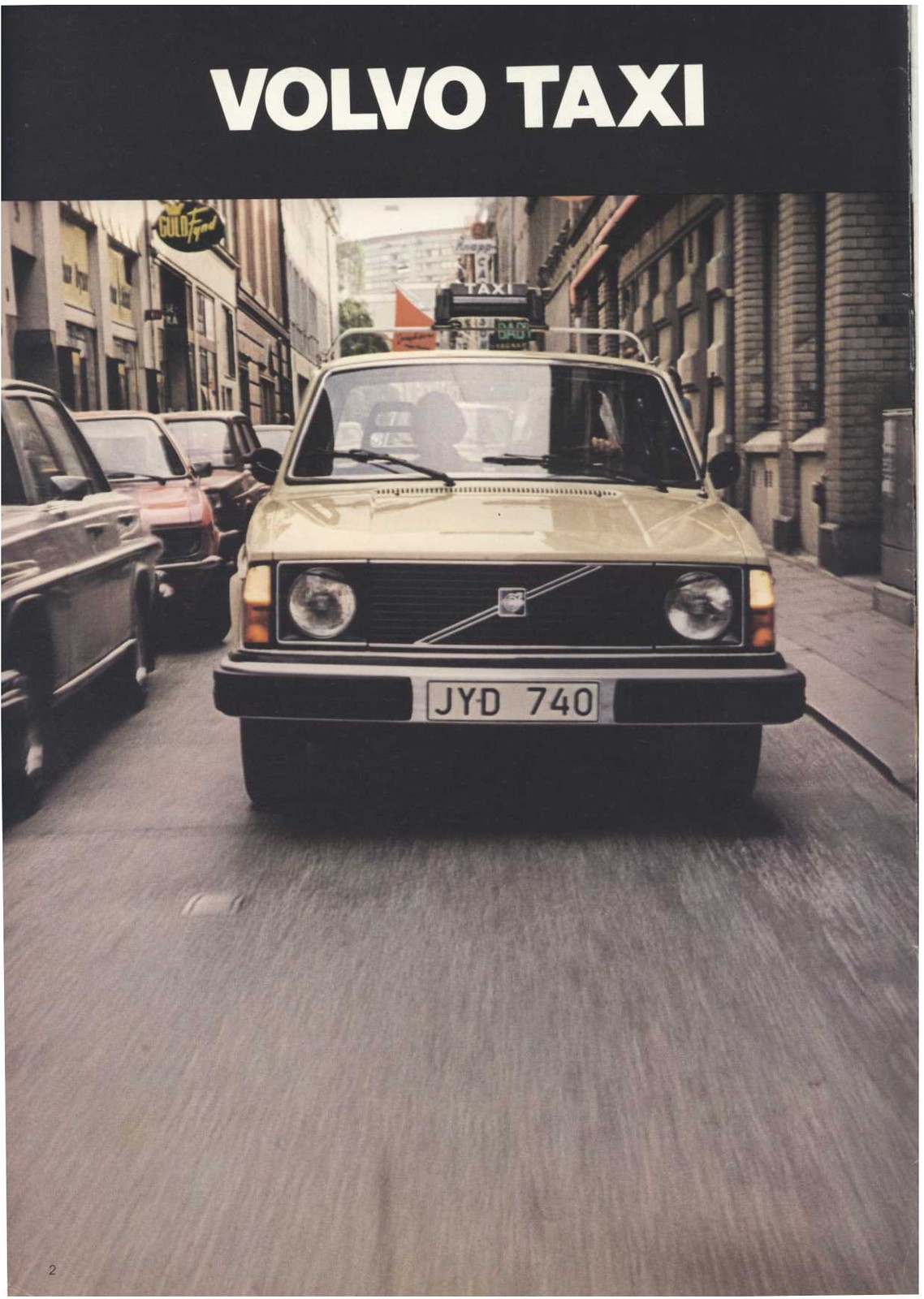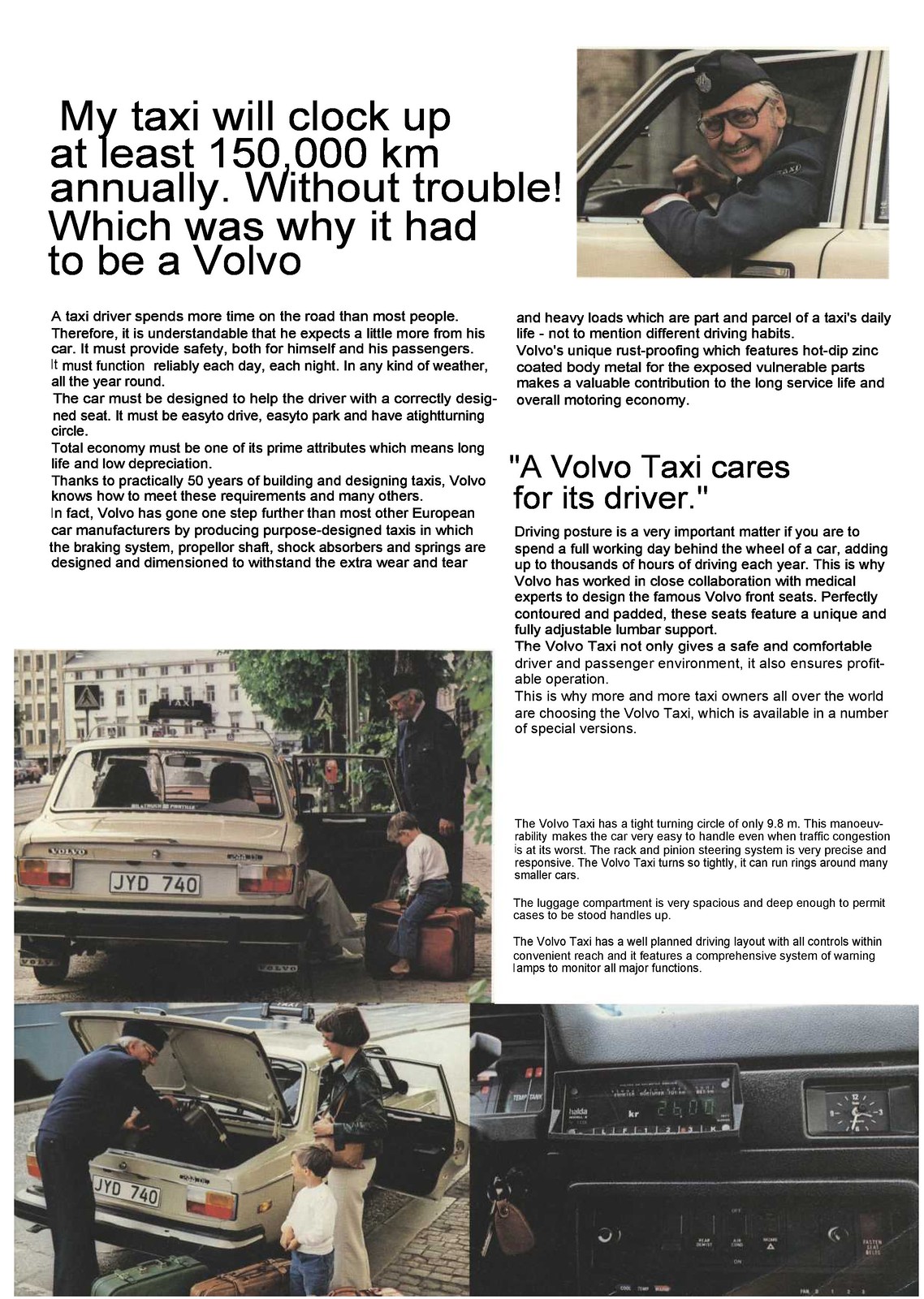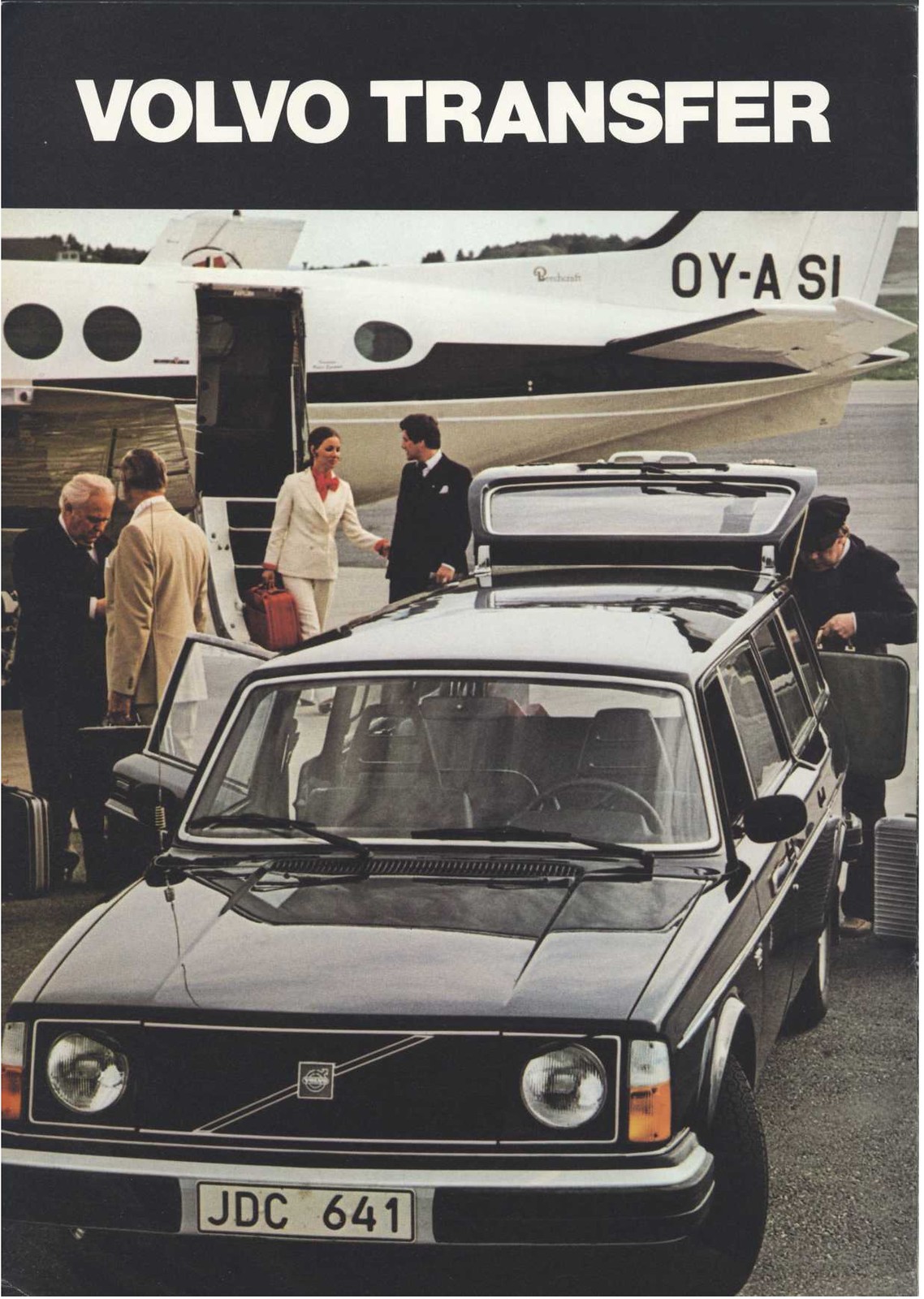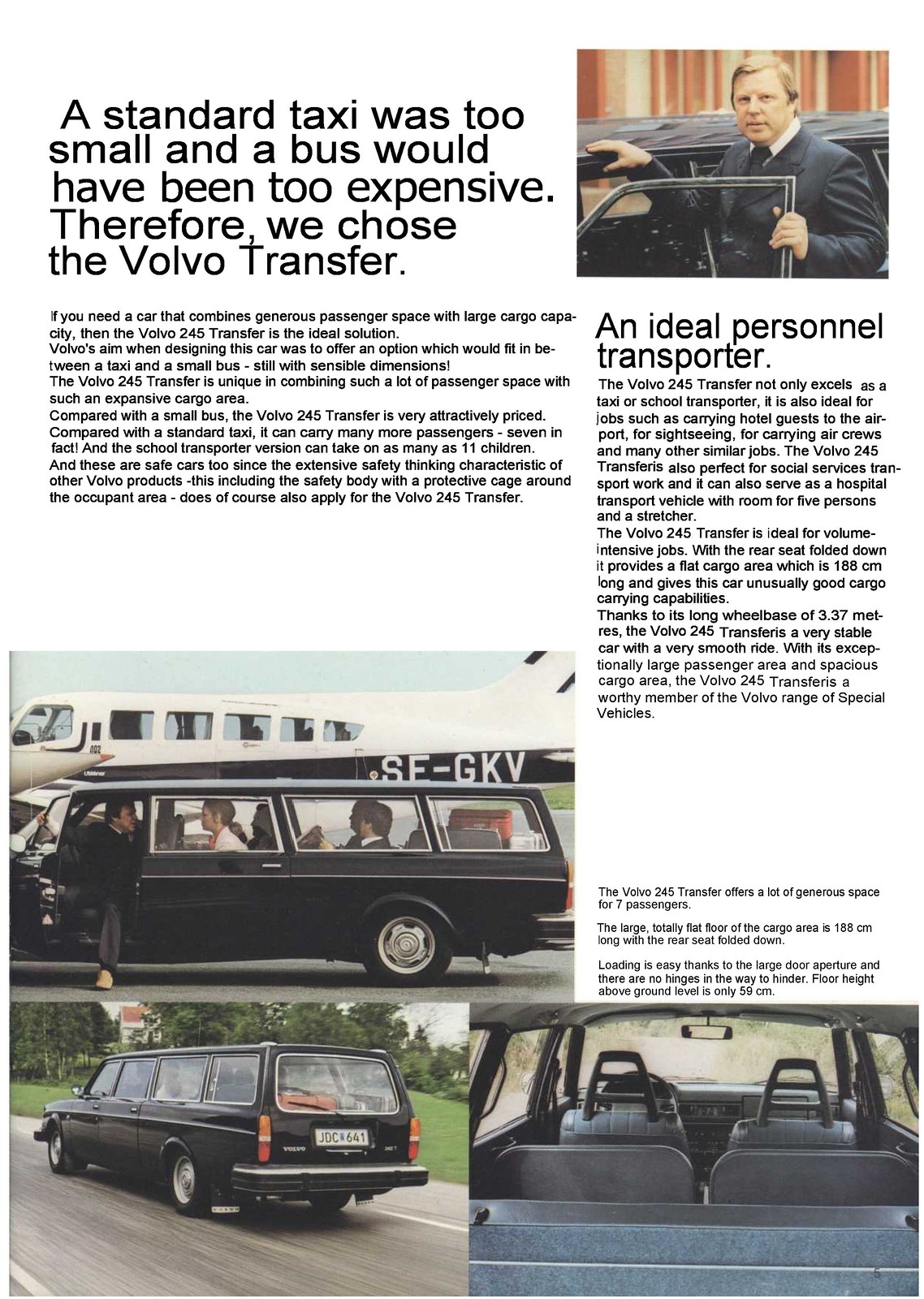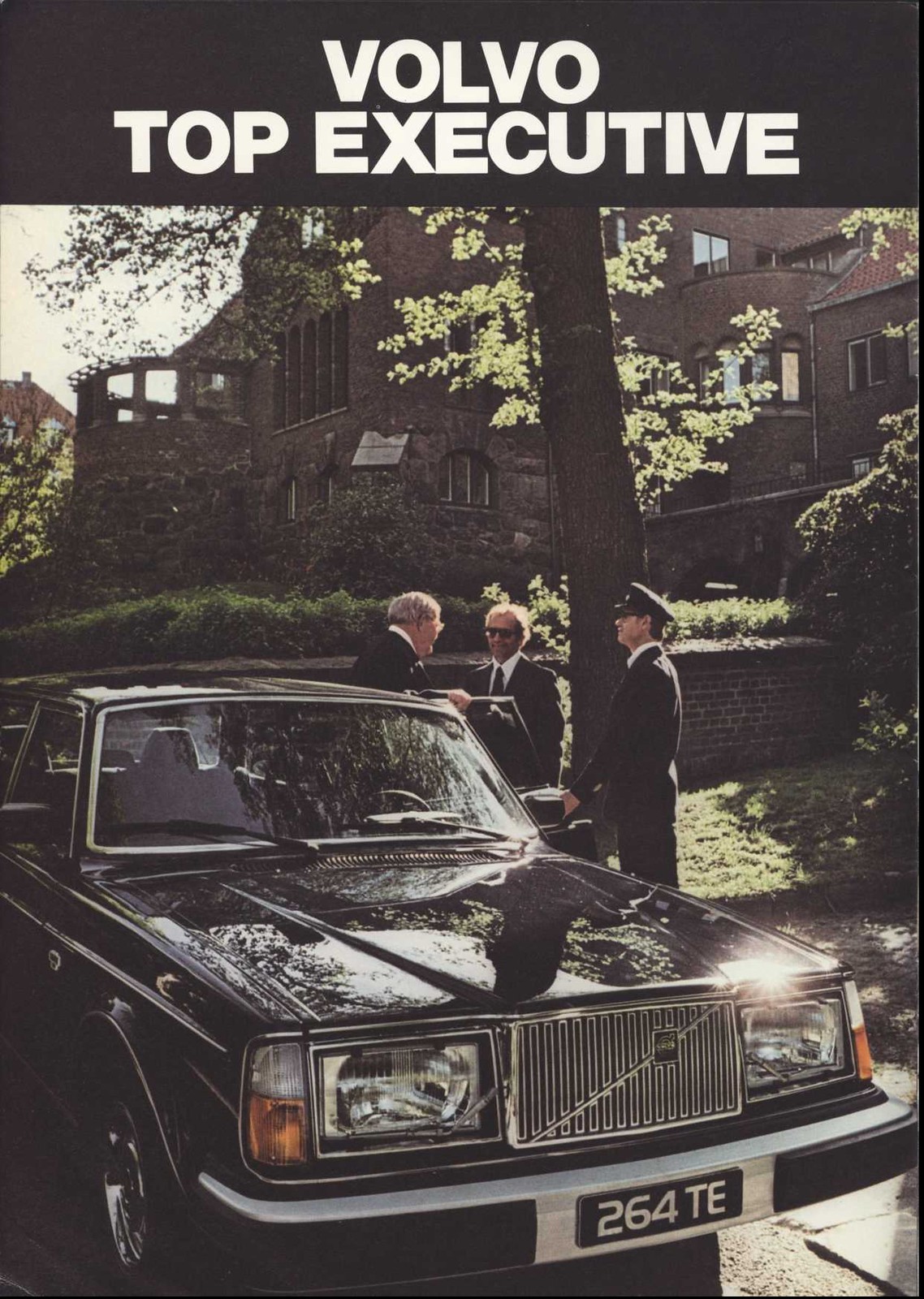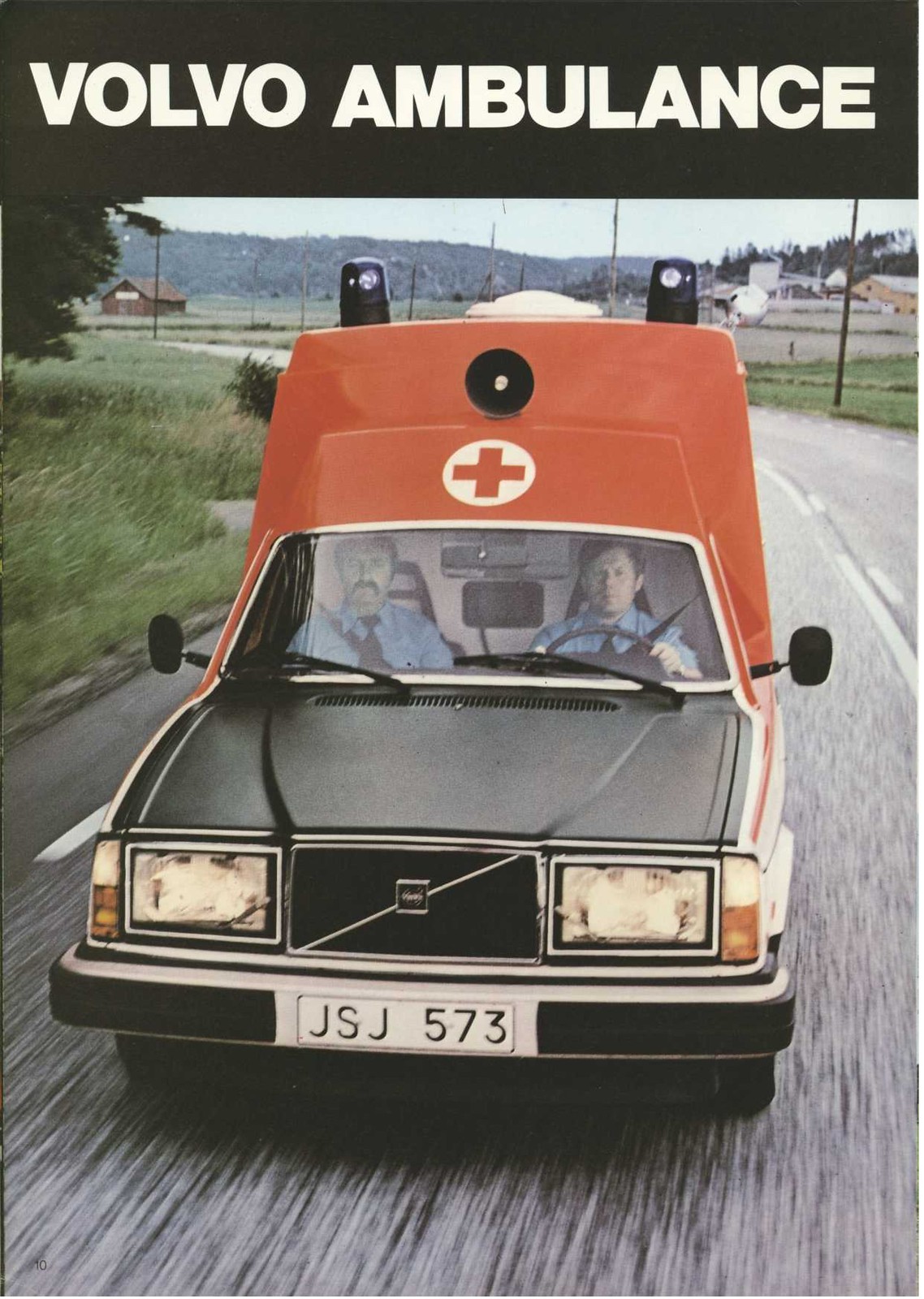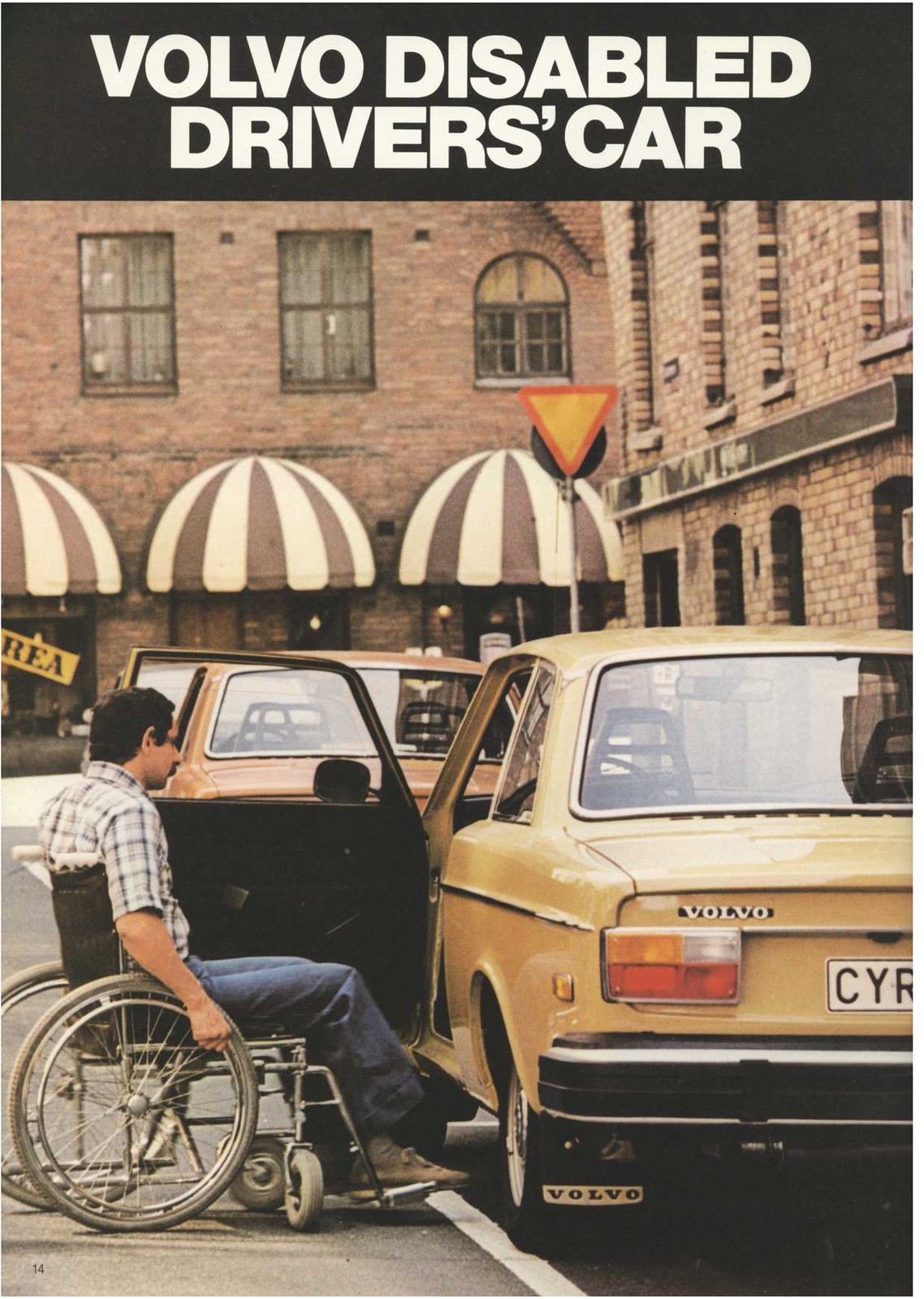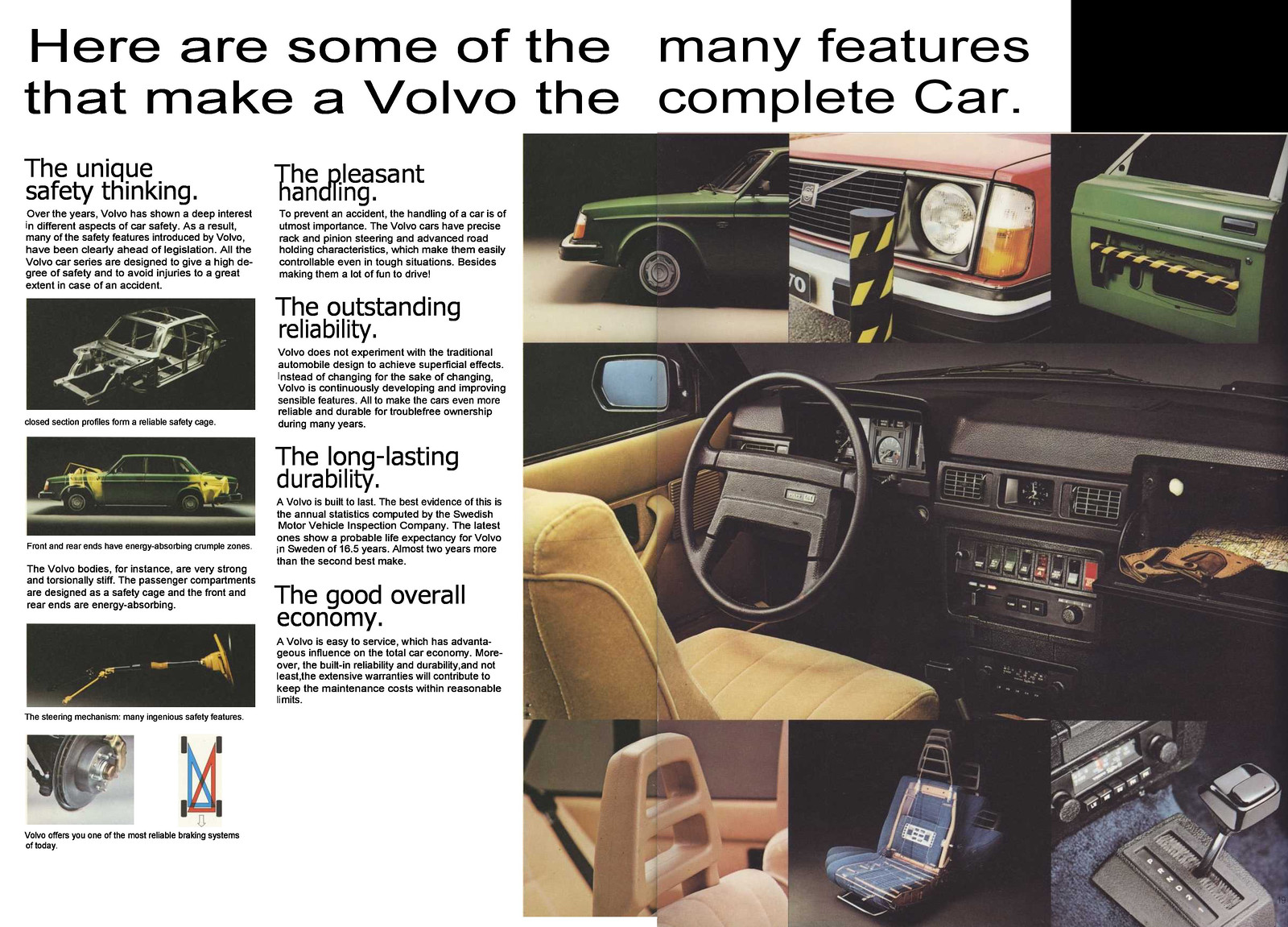Wishing Michael Scumacher a full and speedy recovery. Forza Schuey, per sempre.
Pages
▼
30 December 2013
27 December 2013
Bruce Wayne - Petrolhead Par Excellence?
Its Christmas time, and long-time readers of this blog will know that at this time of the year, we let our hair down a little and write about subjects that are a little off our norm, But then, we are a predominately a car blog, but not exclusively one. After all, we have featured a boat, a bus - and an android. Oh, and many bikes.
Well in our defence, today's offering is car related, as it features a Batmobile. Now its never made clear in any of the recent films, but while we know that Bruce Wayne is a car nut, he actually works on his own cars. I'm not sure of the availability of a Haynes manual for a WayneCorp-funded Batmobile, but given the work he's putting in to upgrade the nitrous system, I think his knowledge of a car's internal workings are beyond a mere oil change.
This particular tale (appropriately entitled Driven) comes from DC Comics new six-issue miniseries Batman Black And White. There have been several series of the Eisner Award-winning BBAW before, but the basic premise is the same: one-off stories in black & white by creative teams who for the most part wouldn't normally work on a Batman comic.
The creative team for Driven is a great match; writer John Arcudi, best known for his work on The Mask comic and B.P.R.D., Gen 13, Doom Patrol as well as working on a number of film-based comic books, including RoboCop, Terminator, Predator and Alien. Arcudi’s series Barb Wire, featuring bounty hunter and bartendress Barbara Kopetski, was of course adapted into the Pamela Anderson film.
The artist is Sean Murphy, the comic industry's newest 'rockstar'. Best known for work on books such as Batman/Scarecrow: Year One, Teen Titans, Hellblazer: City of Demons, Shaun of the Dead, Joe the Barbarian and Punk Rock Jesus.
- Amazosan
Well in our defence, today's offering is car related, as it features a Batmobile. Now its never made clear in any of the recent films, but while we know that Bruce Wayne is a car nut, he actually works on his own cars. I'm not sure of the availability of a Haynes manual for a WayneCorp-funded Batmobile, but given the work he's putting in to upgrade the nitrous system, I think his knowledge of a car's internal workings are beyond a mere oil change.
This particular tale (appropriately entitled Driven) comes from DC Comics new six-issue miniseries Batman Black And White. There have been several series of the Eisner Award-winning BBAW before, but the basic premise is the same: one-off stories in black & white by creative teams who for the most part wouldn't normally work on a Batman comic.
The creative team for Driven is a great match; writer John Arcudi, best known for his work on The Mask comic and B.P.R.D., Gen 13, Doom Patrol as well as working on a number of film-based comic books, including RoboCop, Terminator, Predator and Alien. Arcudi’s series Barb Wire, featuring bounty hunter and bartendress Barbara Kopetski, was of course adapted into the Pamela Anderson film.
The artist is Sean Murphy, the comic industry's newest 'rockstar'. Best known for work on books such as Batman/Scarecrow: Year One, Teen Titans, Hellblazer: City of Demons, Shaun of the Dead, Joe the Barbarian and Punk Rock Jesus.
- Amazosan
24 December 2013
The Routemaster, Rerouted - The Story Of FRM1
By now most Londoners have seen NB4L, or as it's colloquially known, the, 'Borismaster'. It a brand new bus thats been designed specifically for Transport For London. Designed by Heatherwick Studio, it's manufactured by Wrightbus, and features the open rear platform of the famed AEC Routemaster, but meets the requirements for modern buses to be fully accessible. But the idea of a front engine Routemaster isn't a new one; AEC (Associated Equipment Company) designed a front entrance, rear engined bus in the 1960's. Meet FRM1.
The FRM (Front Entrance Routemaster) is the bus of many if onlys; would AEC have had a rear-engined double-decker to rival the Leyland Atlantean, Daimler Fleetline and Bristol VRT buses? Would London Transport (LT) have avoided the DMS debacle (a situation where thousands of perfectly good Daimler Fleetlines were effectively dumped prematurely on the secondhand market at the taxpayers' expense, because they didn't suit LT's maintenance regime)? In the event, FRM1 remains unique and AEC had no double-deck model to offer in the 1970s.
The FRM was unfortunately only a single prototype. Unfortunately, because it was a bus that drivers, mechanics and passengers liked. One wonders what the history of London Transport in the 60's and 70's would have been like if these had been available in bulk rather than the Fleetlines.
The FRM1 prototype was an attempt by London Transport, in collaboration with AEC and PRV (Park Royal Vehicles), to develop a rear-engined version of their familiar front-engined Routemaster, at which point over 1,800 were already in service in London. This was in response to staff shortages, and the gradual conversion of fleets outside London to other rear-engined models which, unlike the Routemaster or older rear platform designs, could be operated by just one person, who acted as both driver and conductor.
In 1964 London Transport started a collaboration with AEC and PRV to develop the bus. With the Routemaster already being seen to be a good design with high reliability and public acceptability, it seemed sensible to employ the RM technology.
 |
| The first pictures of the FRM taken outside AEC's premises in Southall |
There had been other Routemasters with a front entrance and no rear platform but the FRM differed radically by being rear-engined. Incredibly, 80% of parts used for FRM1 were from the Routemaster. The upper deck was essentially stretched Routemaster, incorporating an extra row of seats, making the bus 31ft 3in long. Below that the stairs, cab, doors, engine and running gear needed rearranging or redesigning. Some parts had to be adapted from other marques; the staircase for example was based on a PRV design for a certain run of Leyland Atlanteans. Air suspension was utilised at the rear, to help cope with the extra weight of the engine. The FRM seating was 41 up, 31 down, giving the same total as the long wheelbase RML at 72 persons. The wheelbase was distinctly longer than that of an Atlantean, at 16ft 10in, with overhangs of 7ft 2in at the front and 7ft 3in at the rear.
The AEC AV691 engine (an 11.3 litre six-cylinder diesel rated at 150bhp at 1500rpm) was similar to that developed for the rear-engined AEC Merlin single-decker, but the cooling ancillaries were moved out of the engine compartment in an attempt to reduce the overheating problems being encountered generally with rear-engined buses. The heat exchangers were mounted in the vehicle sides at the rear of the upper deck. Reversible fans, hydraulically driven, could direct the warm airflow into the saloons or outwards, giving an element of air-conditioning. Air was drawn into the saloons through front vents rather than opening windows as on the early RMs.
The driving position was high, which pleased the drivers. The front doors were electrically operated, opening to give two doorways. There was a normal emergency exit at the rear of the upper deck, and a RML-style pushout window at the offside rear downstairs. Unusually there was also a conventional emergency door behind the staircase.
Destination displays comprised a standard RM display at the front, with route and final destination displays centrally at the rear.
Livery was standard LT red with the cream waistband, but the fleet names were in the new block letters without underline, and the fleet numbers were in minute white lettering on both sides. New open roundels were on front and rear.
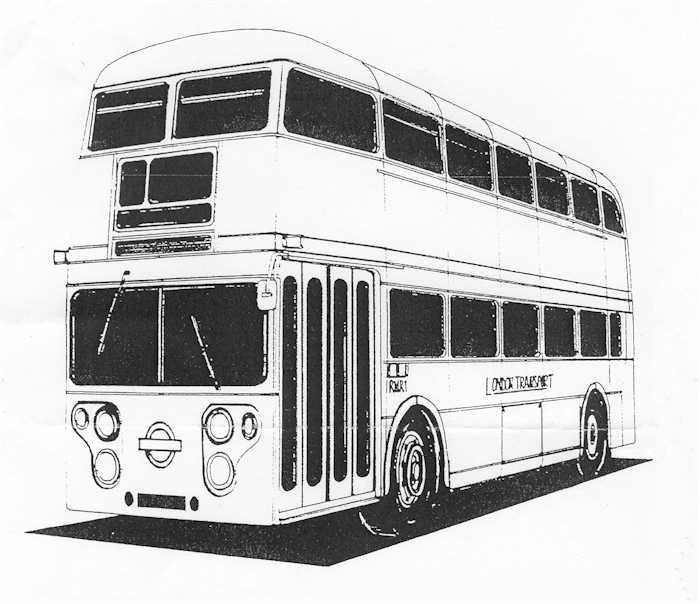 |
| Park Royal Drawing No 9472 from 1964, showing a 72-passenger front-entrance normal height double-deck bus of aluminium alloy unit construction |
 |
| Another Park Royal Drawing; No 9520 from 1965, showing a 77-passenger front entrance rear engine integral double-deck bus. The 'FRM' template is almost there |
After a two year gestation, FRM1 was to have been launched at the 1966 Motor Show at Earls Court as one of three exhibits, including one in Sheffield Corporation colours. The plug was pulled on this showing, for reasons that will become clear.
By now, Leyland Motors owned the ACV group, which included the AEC & PRV concerns, and Leyland was determined not to have yet another ACV product rivaling its Atlantean in ACV's traditional markets. Enthusiasm for the project at London Transport had died at a high level too; they had now set its sights set on single-operator buses for its salvation. The Government would no longer fund the development of a new bus designed specially for London conditions. Instead, to qualify for new bus grants, LT had to buy 'off the peg' front-entrance double and single-decker buses. One-person operation demanded the use of rear-engined vehicles and, whilst the FRM was seemingly very much suited to this, other standard rear-engined buses were already available, which ironically included among others, the Leyland Atlantean & Daimler Fleetline. London Transport was compelled, no doubt by Leyland's and others' persuasiveness, to consider its future fleet using cost-effective standard chassis rather than their new Routemaster derivative; as good as it was, or might have been.
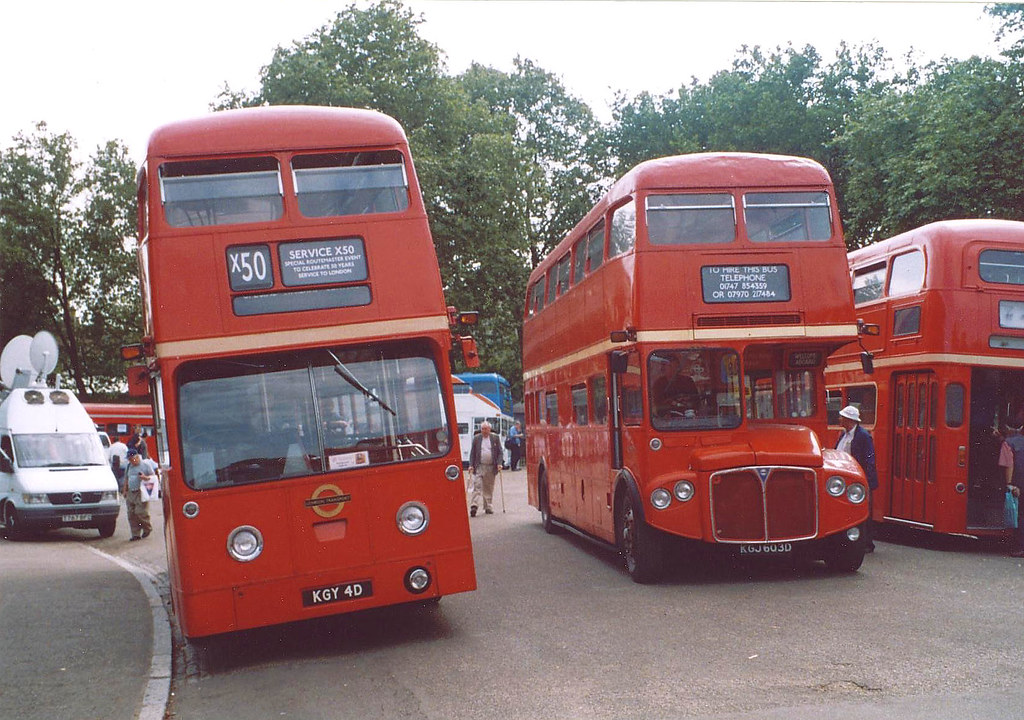 |
| FRM1's parts commonality to a conventional Routemaster (in this case a front entrance RMA) can be seen more clearly here |
As an aside, LT went on to buy the Daimler Fleetline in bulk from Leyland Motors, which became part of the nationalised British Leyland in the 1970s; while in the short term this proved to be a prudent decision, the long term saw the Daimler Fleetline situation, but thats a story for another day.
So the FRM project was cancelled after the first of the anticipated three prototypes was constructed.
Before its aborted Motor Show début, the still-prototype FRM1 was delivered to London Transport for mileage accumulation testing in July 1966, which saw it well-received by drivers and enthused over by managers for its low fuel consumption. In June 1967 it finally went into service, on the 76 and 34B at Tottenham garage, where it could be compared with the Atlanteans on trial, where it was well received.
Then on 31st August disaster struck; Leaking flywheel oil caught fire in Princes Street nearby the Bank of England. Fortunately no-one was hurt and the Fire Brigade attended the fire swiftly, but the undesirability of fixed windows was demonstrated as the bus filled with black smoke, and firemen smashed the glass to let it escape. The decision was therefore taken to fit opening windows; this however also served as a useful excuse for not having to redesign the ineffective air ventilation system that should have been extremely efficient in exchanging the air inside the vehicle; given that the original sealed window arrangement relied on this. Apparently the after effects of the excessive heat around the upper deck (the rear air grilles are buckled) can still be seen. Back in the Chiswick experimental shop, it was fitted with opening quarterlights to belatedly cure the ventilation problem. It returned to Tottenham on route 76 in December, and worked there until August 1969.
Although the bus did see sporadic service, FRM1 became became somewhat of a nomad; it returned to Chiswick , but after a brief holiday there took up a quiet suburban existence in Croydon on route 233 in December 1969. June 1970 found it at Aldenham for a repaint, then in March 1971, moved onto route 234. That lasted until January 1973, when FRM 1 retired to Chiswick for an overhaul. The problem with the bus was that because of it unique nature, it was hard to use it on a route with other buses and had to work a route where only a single bus was needed. A new job for FRM 1 was found, again a single bus operation. FRM 1 emerged from a brief refresh and repaint at Aldenham Bus Overhaul Works (London Transport's main bus overhaul centre) to take on route 284 in Potters Bar. The bus was apparently treated with extraordinary care; not many buses at this period emerged each day with polished chrome wheel-nut covers!
FRM1 enjoyed quite a lengthy stay Potters Bar from October 1971 until September 1976. Its job was about to disappear again, as the subsidy for the 284 was not being renewed to keep the route, but even before the route's expiry FRM1 settled the matter by ramming a London Country's bus. It went for repair, followed by a year of inactivity and another repaint. In December 1977 it was fitted with public address equipment for tour work, ready to take up duties on the Round London Sightseeing Tour from February 1978. Stockwell Garage took it to their collective bosoms, and it became the unofficial flagship of the tour fleet. It visited it's spiritual home at Aldenham in February 1981 for a repaint and continued in normal service as a unique bus.
In March '81, it returned to sightseeing duties. The tour fleet moved to Victoria in November 1982 and FRM1 was withdrawn the following spring, in February 1983; not because of any failure but because newer buses could fill FRM's role. It joined the London Transport Museum collection in April '83 and in 1998 it was transferred to the museum's Acton depot.
It still attends bus rallies and special LT running days, most notably the RM50 (the 50th anniversay of the Routemmaster) show in 2002, and as recent as July this year it ran on Route 34b as part of Tottenham garage's centenary celebrations.
The FRM project may seem like a failure, but it wasn't in vain though. Many lessons were learned and the Leyland Titan of the late 70's and early 80's emerged with a lot of FRM's features - effectively becoming the FRM series 2. Despite all the problems surrounding Leyland at this time, the TN Titan gained an enviable reputation among operators, engineers and drivers alike.
And we like to think that the NB4L designers took just a little inspiration from FRM1 when they created their front entrance, rear engined Routemaster.
With grateful thanks to Graham Hill's excellent PRV website, Ian Smith and countrybus and the London Transport Museum.
23 December 2013
20 December 2013
Digging In The Crates - Volvo Special Vehicles Brochure, 1978
Special circumstances call for special cars, and Volvo has a long history of developing purpose-built vehicles for customers with special requirements. We're all familiar with the V70 thats so beloved of the motorway police patrols, but Volvo have been producing police and taxis in their Gothenborg workshop for over 50 years. The there's the stretched limousines, ambulances and hearses...
"Do you do airports?"
In case a standard 240 estate didn't offer enough space, they stretched it to accommodate another row of seats. One assumes that both sets of rear seats fold to fit that Ikea Pax bedroom set in.
And if an estate can be stretched, then it would only be right that a saloon be put on the stretching rack. Its sure got that 'Euro Cadillac' vibe going on'.
A factory built Volvo ambulance; wasn't aware of the existence of this fine beast until I saw this brochure. Almost an incentive to get a major injury.
Still trying to get my head round how the 'servo system' works and how it pulls the wheelchair in, especially when in the picture with the wheelchair halfway in and the driver's seat tilted forward, he's no-where to be seen...
What a shame that the hearse version doesn't appear to have caught on in the UK; it would surely have been a serious rival for the homegrown Coleman Milne Granadas and Daimler DS420s. Note the raised roof and lengthened doors in addition to the long wheel base; they would have been great options for the normal production estate.




